As if to refresh the sense of loss and grief, just two days before the performances, Acosta and Serrano learned of the death of Ramona de Saa —their beloved “Chery”—the maestra who trained them in Cuba, then showed them the world beyond its borders when she chose them, at 15 and 17 respectively, to spend a year training and dancing in Italy, catalyzing both their careers.
The tone throughout “On Before” is somber and pensive; dark lighting designed to celebrate the dancers’ toned figures and elegant lines, minimal costuming (practice wear in black and white) and the artful use of overhead spots make a striking but stark impression. The narrative, if there is one, is vague and abstract, but strung together by the ever-shifting relationship of the two dancers who, from piece to piece, go from parent/child to lovers, estranged to inseparable, combative to codependent.
In the opener, Will Tuckett’s “On Before,” the dancers strike a series of frozen spotlighted poses that dissolve into soaring lifts, sweeping arms and (puzzlingly) the recorded voice of a hail and brimstone preacher shouting about the Holy Spirit. In “Sirin,” by Yuri Yanowsky, Rodriguez contorts her pliable body into knots, “crawls” on straight legs and both hands like a giraffe, or stills everything but a single limb that vibrates in a delicate quiver. The first half of the program peaks with Acosta’s interpretation of Russell Maliphant’s “Two,” originally choreographed for Sylvie Gillem in 2004, which moves toward a crescendo where his fanning arms circle so swiftly they become a sculptural blur.
Images of water play a recurrent role in the 90-minute performance, implying both a cascade of tears and a ritual cleansing. As the audience enters the theater, images of rivulets flowing as if down a window pane are projected on the stage curtain, accompanied by the sound of a steady drizzle. In the second half of the program, an audio torrent of rain followed by a clap of thunder kicks off Miguel Altunaga’s “Memoria,” a solo for Acosta that draws from both the fluidity and the guardedness of a martial artist and contains references his classical ballet past as well as his childhood days break dancing on the streets of Havana.


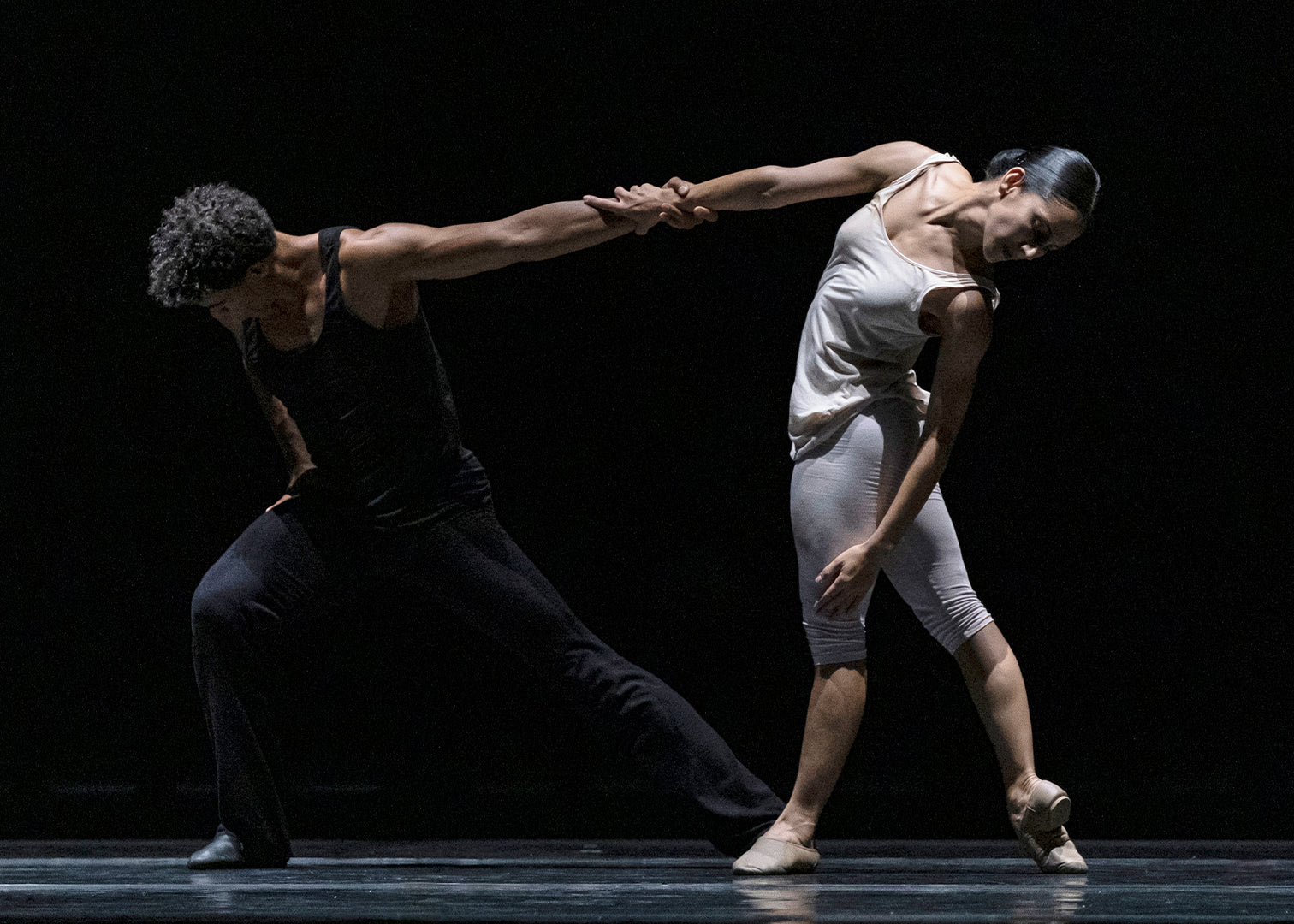

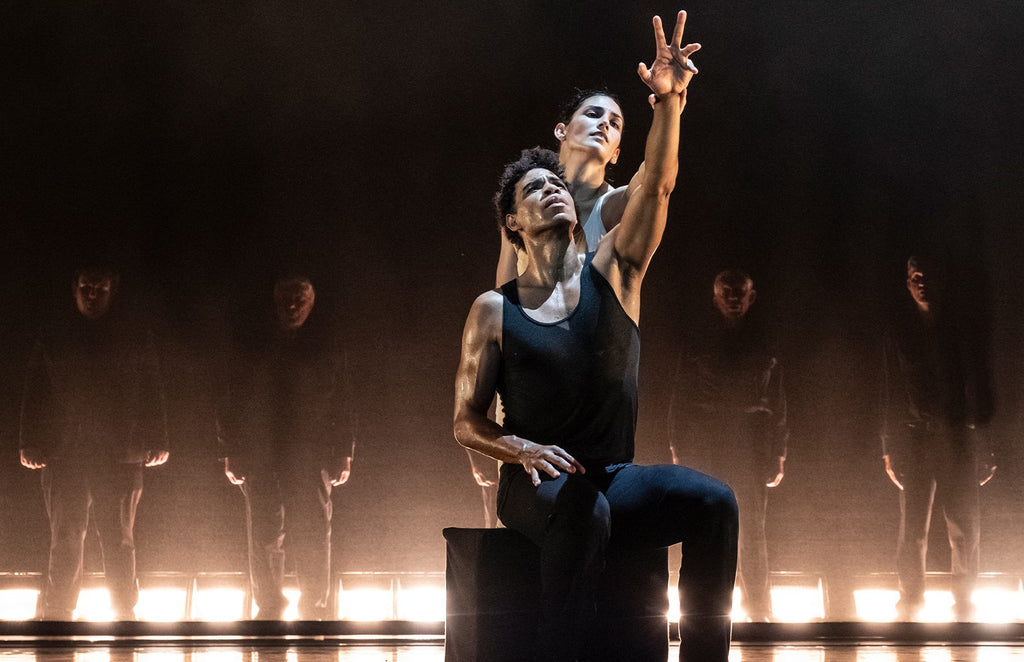
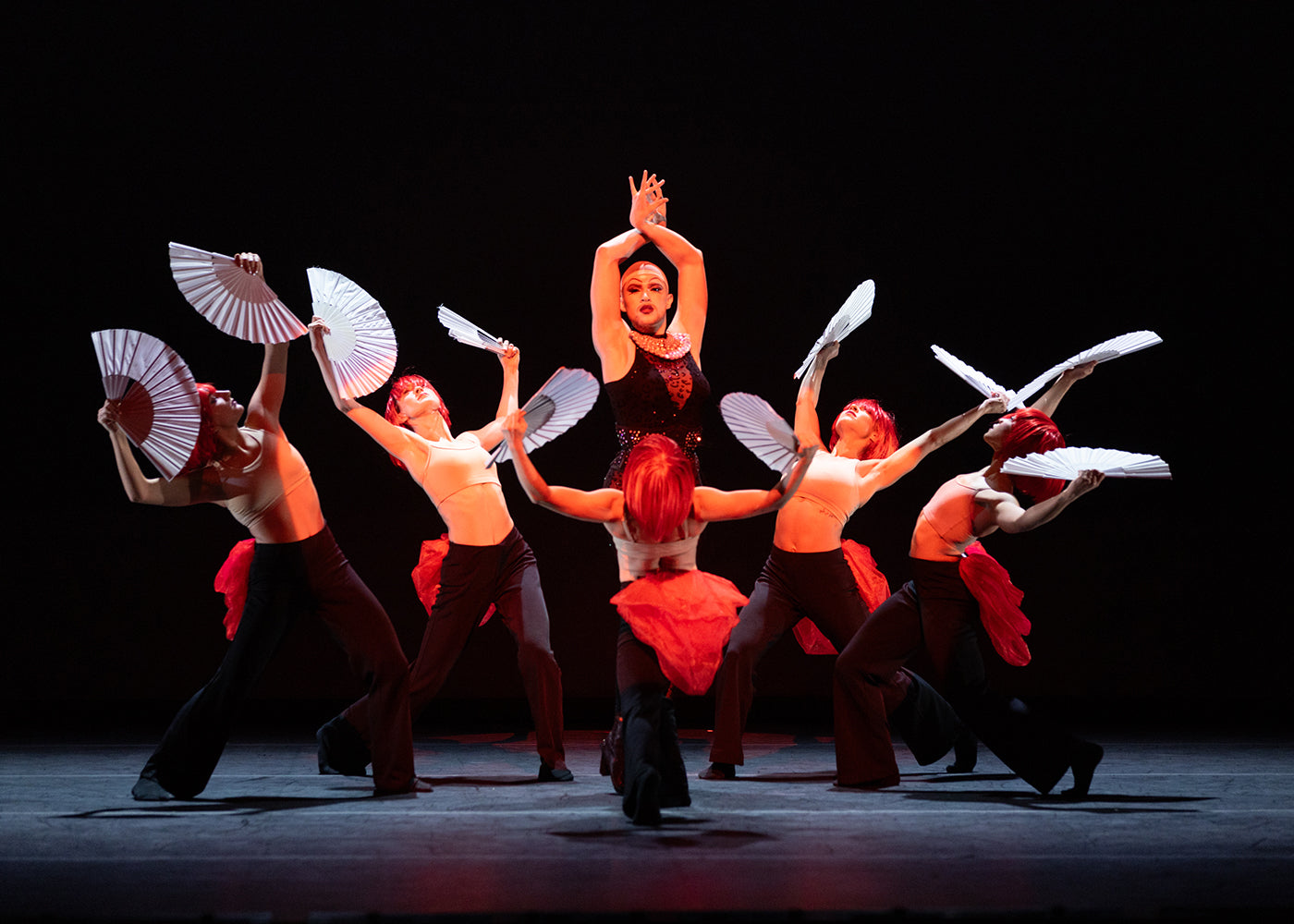
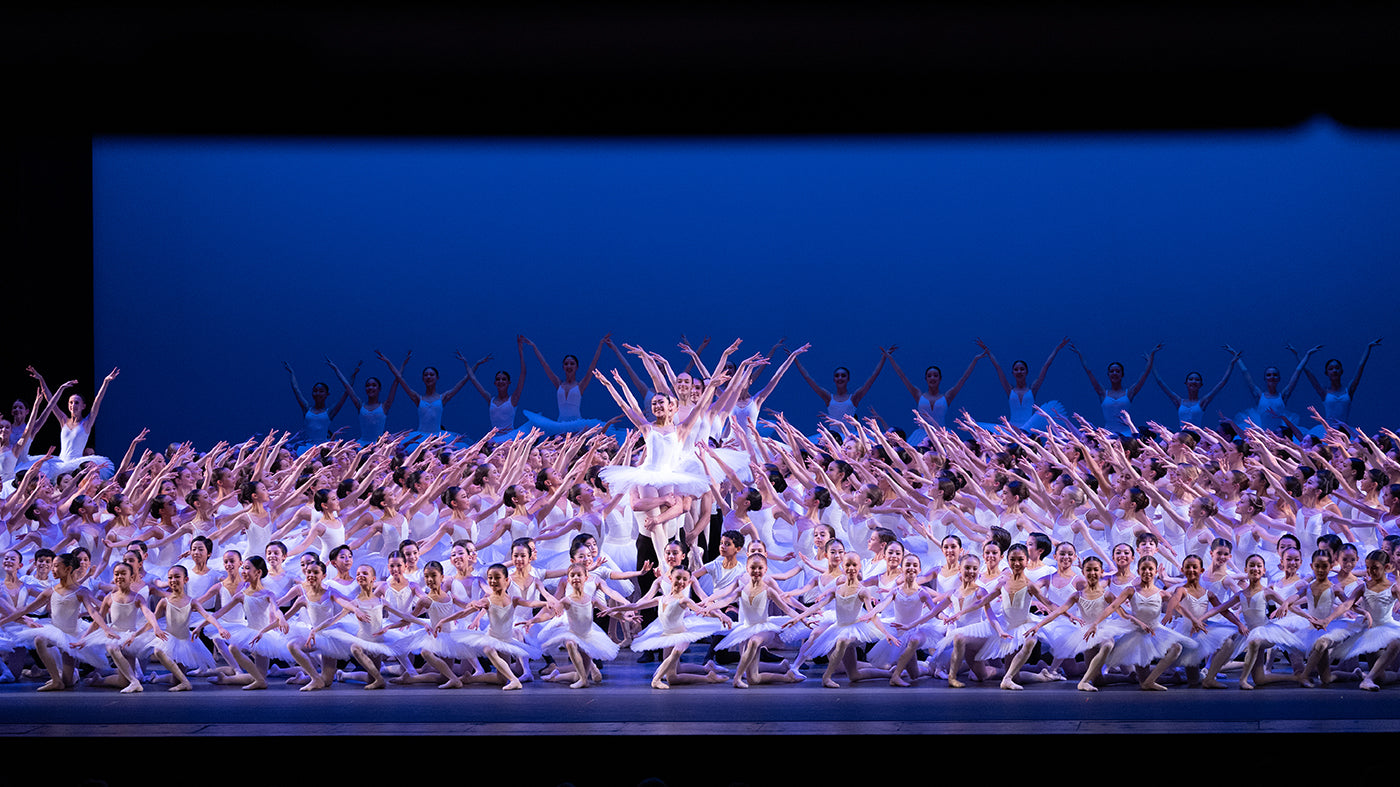
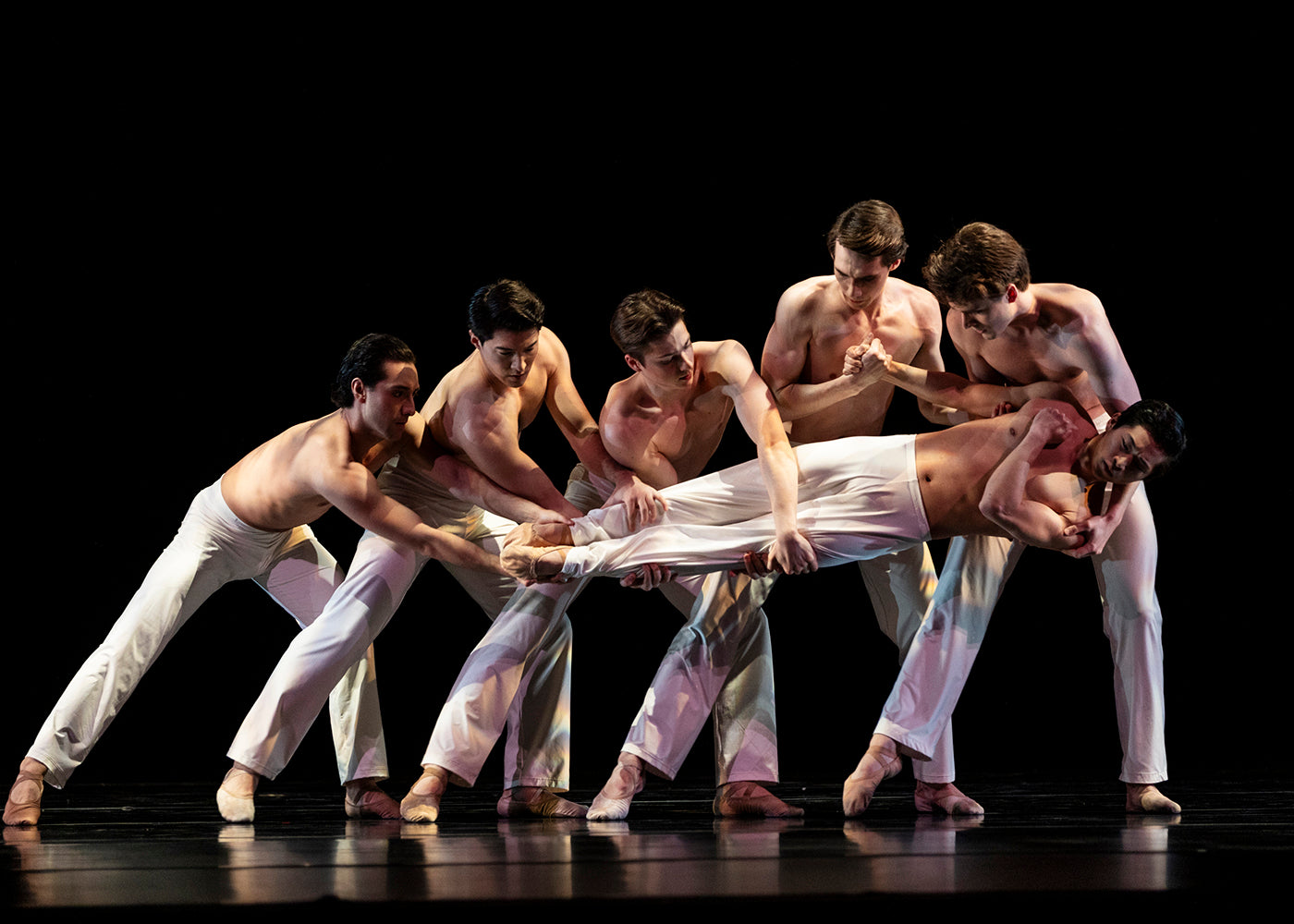

This performance was transfixing throughout and left me utterly transported and awed. My friend and I sat in silence at the end, barely able to breathe “Wow.” The piece is deeply moving as well as gorgeous. Please tell me it was recorded so I can see it again!
Carrie, so glad to that. you are writing for Fjord. I was mesmerized by Carlos Acosta’s performance as well as his partner’s. They brilliantly performed choreography that was fluid yet very difficult. It’s wonderful that his friendship with Ariel has endured for so many years since they were children in Cuba. I hope he returns to America soon.